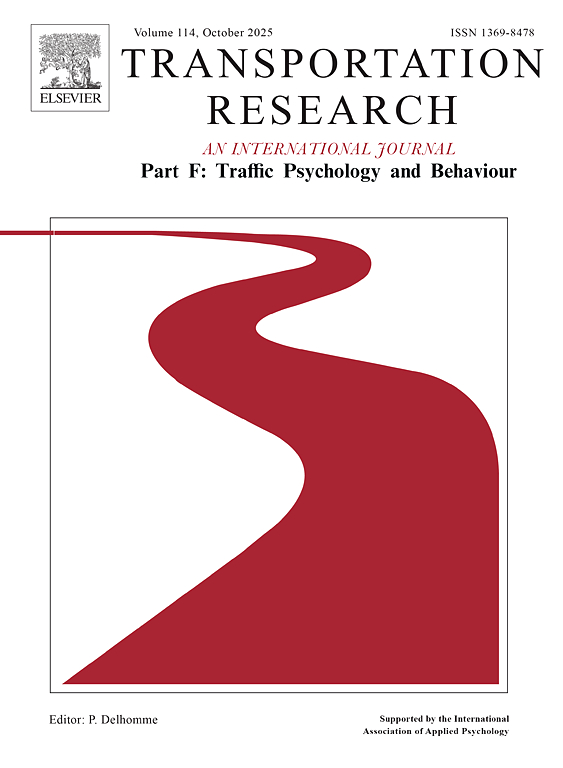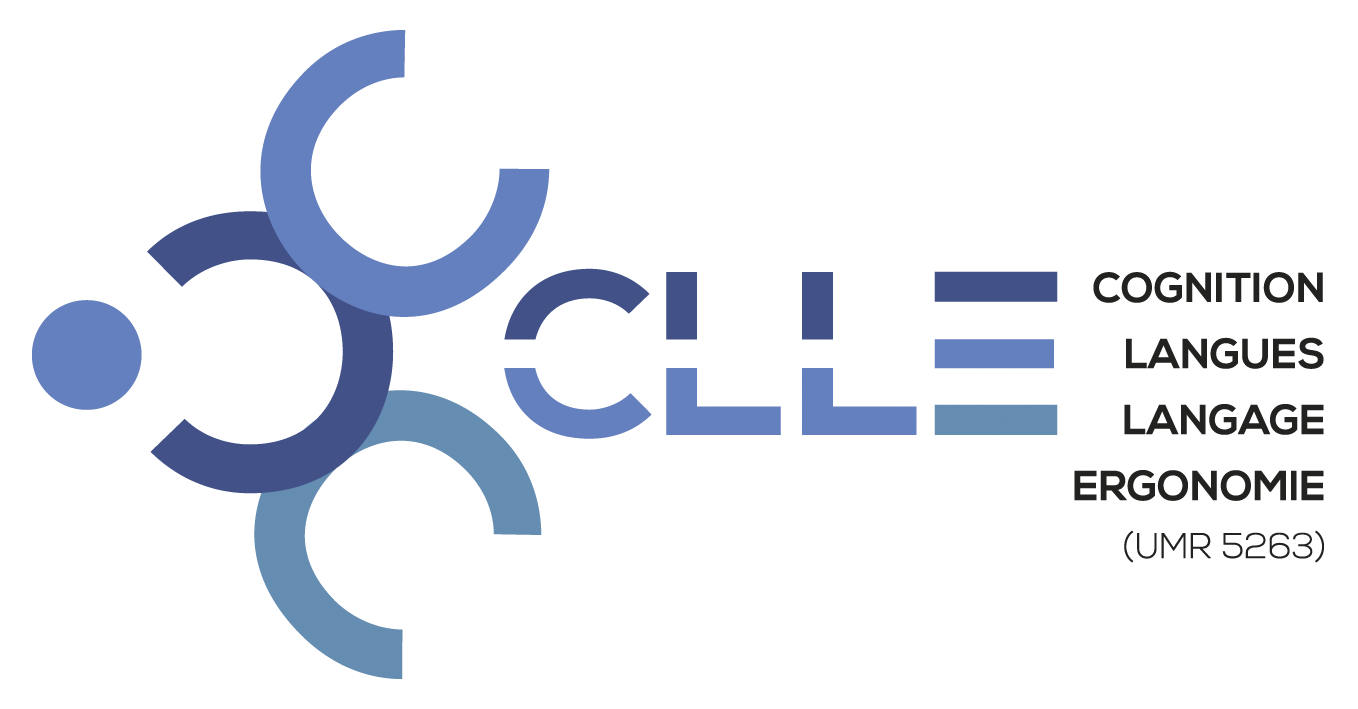-
Partager cette page
Effects of vehicle-related and contextual factors on passengers’ intentions to reuse an autonomous shuttle: a scenario-based study
Publié le 4 septembre 2025 – Mis à jour le 4 septembre 2025
Emilie Ferriès (CLLE), Loïc Caroux (CLLE), Amélie Rousseau, Chloé Valenti, Morgane Pujol (CLLE), Céline Lemercier (CLLE)
 Level 5 autonomous shuttles could create new opportunities for mobility and social inclusion. For these benefits to be effective, it is important to understand whether passengers intend to use them when they become available. The objective of the present study was to explore the impact of factors (social presence, vehicle speed, seat orientation, content of information provided to passengers) on the intention to reuse a Level 5 autonomous shuttle and to distinguish passenger profiles. The 216 participants were introduced to scenarios in which a character completed a ride in a fully autonomous shuttle, with different combinations of conditions. They assessed their intention to reuse the shuttle by putting themselves in the character’s place. The results showed that the four factors had an impact on the intention to reuse the shuttle. The intention to use the vehicle again was the highest when the passenger was accompanied by a friend, when the vehicle speed was the highest, when the seat was facing forward, and when ride-specific content was displayed. Cluster analysis revealed four passenger profiles: resistant passengers, comfort-seeking passengers, performance-seeking passengers and enthusiastic passengers. These profiles exhibited individual differences concerning gender and anxiety levels as car passengers. The findings of this study point out ways to improve the intention to use and passenger well-being in the future perspective of the deployment of autonomous shuttles.
Level 5 autonomous shuttles could create new opportunities for mobility and social inclusion. For these benefits to be effective, it is important to understand whether passengers intend to use them when they become available. The objective of the present study was to explore the impact of factors (social presence, vehicle speed, seat orientation, content of information provided to passengers) on the intention to reuse a Level 5 autonomous shuttle and to distinguish passenger profiles. The 216 participants were introduced to scenarios in which a character completed a ride in a fully autonomous shuttle, with different combinations of conditions. They assessed their intention to reuse the shuttle by putting themselves in the character’s place. The results showed that the four factors had an impact on the intention to reuse the shuttle. The intention to use the vehicle again was the highest when the passenger was accompanied by a friend, when the vehicle speed was the highest, when the seat was facing forward, and when ride-specific content was displayed. Cluster analysis revealed four passenger profiles: resistant passengers, comfort-seeking passengers, performance-seeking passengers and enthusiastic passengers. These profiles exhibited individual differences concerning gender and anxiety levels as car passengers. The findings of this study point out ways to improve the intention to use and passenger well-being in the future perspective of the deployment of autonomous shuttles.





